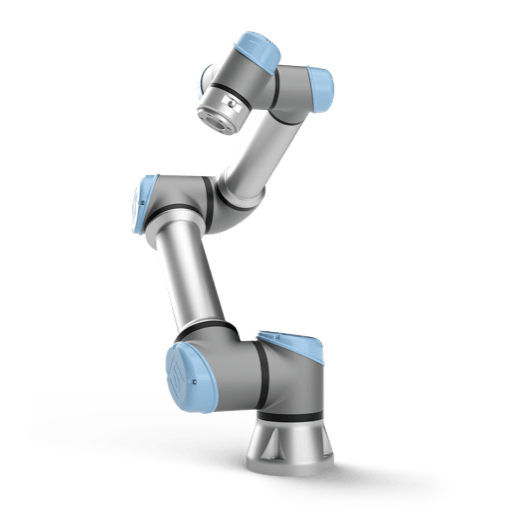There are a lot of different definitions of what is a collaborative robot out there. A lot of them will actually be focused on the word “collaborative” and others will use complex technical terms that will mingle you more than clarify what it actually is if you don’t have a technical background. That being said, what we would like to do is give you our definition. A simple one.

Rethinking Collaborative Robots: Challenging Traditional Views in Light of Economic Realities
First things first, the classic answer to what is a collaborative robot, also known as a cobot, is a robot that is capable of learning multiple tasks so it can assist and work alongside human beings.
A collaborative robot, also known as a cobot, is a robot that is capable of learning multiple tasks so it can assist and work alongside human beings.
-Everyone out there
And this one we don’t agree with, or not entirely with. A study conducted by the Boston Consulting Group on March 2019, states that the importance of collaborative robots in supporting manual tasks, as they are used in many pilot applications today, will decrease relative to other applications. In many cases, to achieve positive economics for investment, robots must replace human workers, rather than merely support them.
To achieve positive economics for investment, robots must replace human workers, rather than merely support them.
– The Boston Consulting Group, March 2019
Demystifying Collaboration: A Pragmatic Perspective on Collaborative Robots and Their Practical Advantages
This brings us to our definition of a collaborative robot. There should be no real collaboration between the robot and the human worker. A cobot is just like any other industrial robot out there, but with a couple of extra features that make it “collaborative” (by our definition):
-
- A cobot is safer: it is speed and force limited, and there are a lot of plug & play components that can be added for extra safety, removing the need for safety fences for example.
- Ease of integration: the setup process is minimized because of the ease of programming, better connectivity, plug & play software and hardware components, finally helping you shorten that production downtime for the integration.
- Can easily adapt: the first two points above lead us to that third one, adaptability. It is easy to use your cobot for 3 or 4 months on a certain task, and move/adapt it to another location or task. That would be the case of a company producing different seasonal products for example.
- It is repeatable: a Universal Robot UR5e has a repeatability of 0.03mm, meaning it can probably complete a repetitive task with much more consistency than a human worker, and not get bored in the process.
- It is cheaper: the cobot itself might not be cheaper than other industrial robots, but the complete solution is. Its ease of programming and integration in addition to the safety features of the collaborative robots lowers the cost considerably.
Bridging the Gap: The Crucial Role of Cobot Integrators in Empowering Businesses with Robotics
Now we’re already hearing you saying: “If you get all those benefits from a cobot, why would we need an integrator like you guys?”
There are several reasons of course, but the main one is that you are specialists in your production processes and we are cobot application specialists. There are a lot of details to consider before having to program or integrate a collaborative robot, this is why we’re in business. To help you think, teach, and develop a solution that will fulfil your needs and requirements, and of course, integrate a robotic solution in a minimal amount of time.
We, as Vanguard Robotics, are looking to democratize robotics for small and medium companies. To transfer you the knowledge and power to automate your processes. That is our true meaning.
A final word on the collaboration of cobots and human workers by the Boston Consulting Group:
To be economically viable in the production environment, advanced robots must take over manual processes, not merely assist human workers with those processes.
-Boston Consulting Group, March 2019
Economics of Collaboration: Navigating Labor Shortages Through Strategic Automation
Many companies have struggled to demonstrate the economic viability of investing in robots that collaborate with human workers. With the labor shortage we currently experience, the best solution is to automate a task that has no value-added for a human worker to do and have that worker to complete some more complex tasks that robots can’t achieve (for the moment).
Write to us at [email protected] to schedule a live demo with our collaborative robot to get a better idea of how automation can help empower your business.


